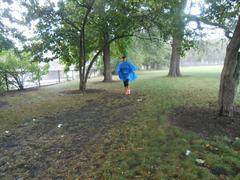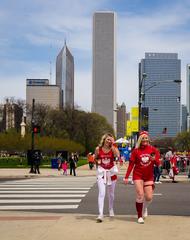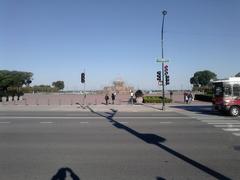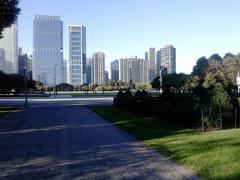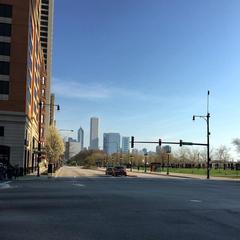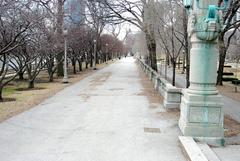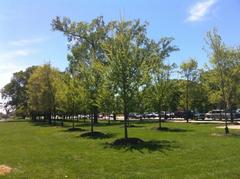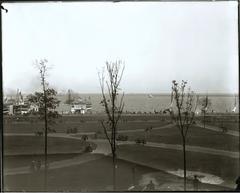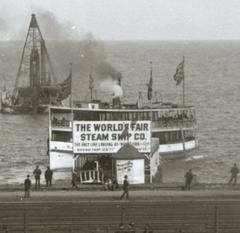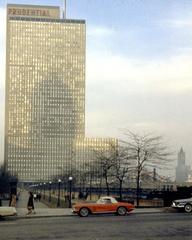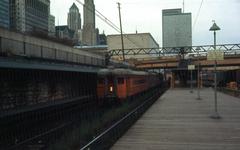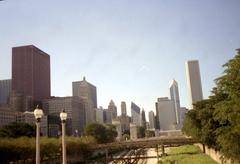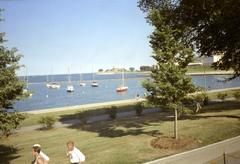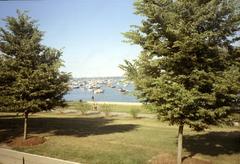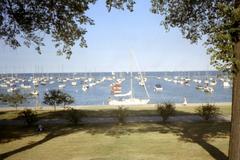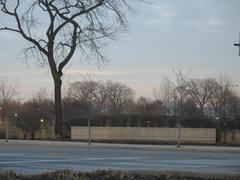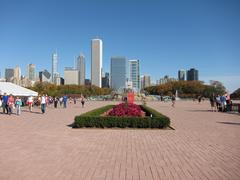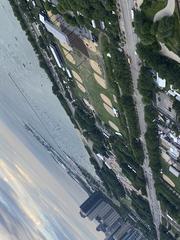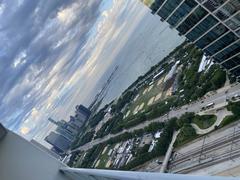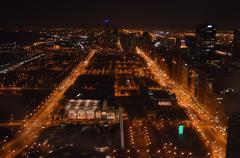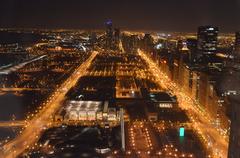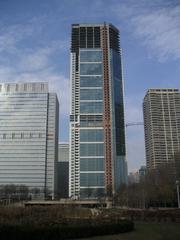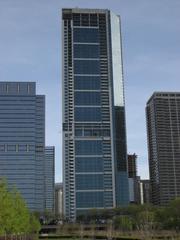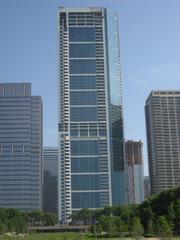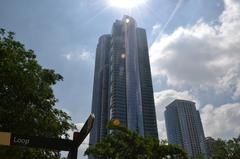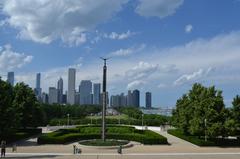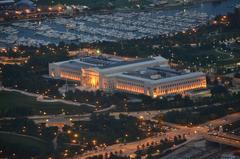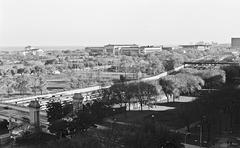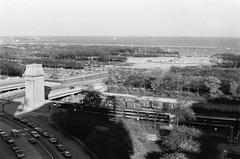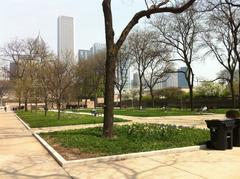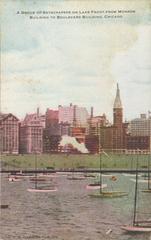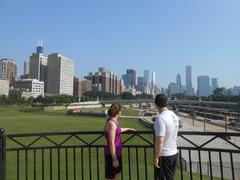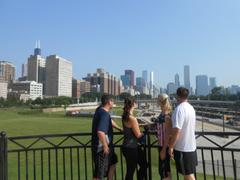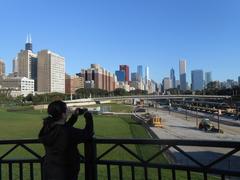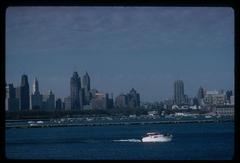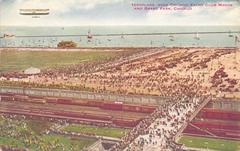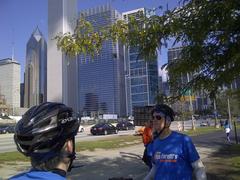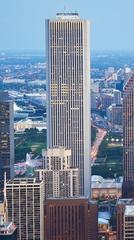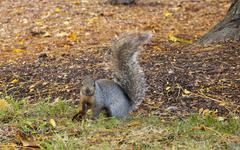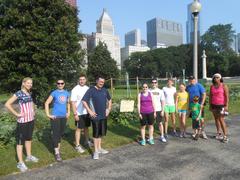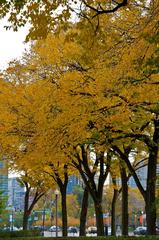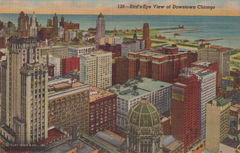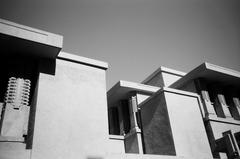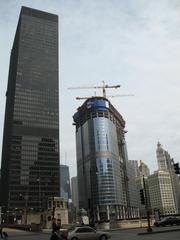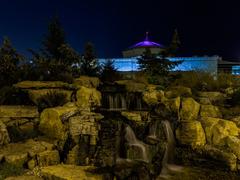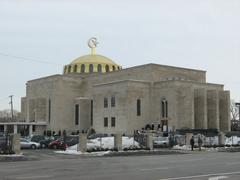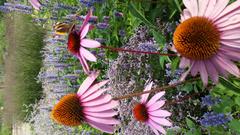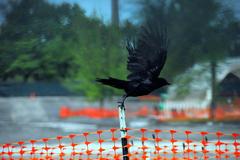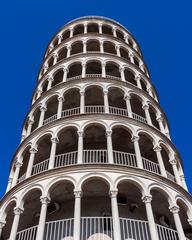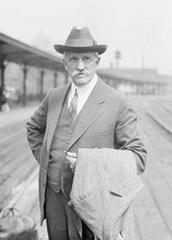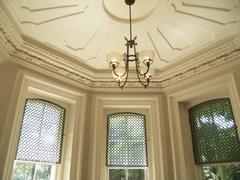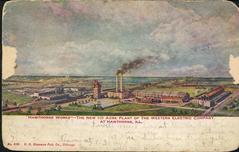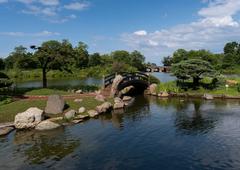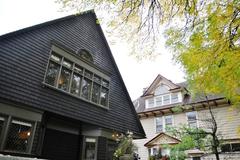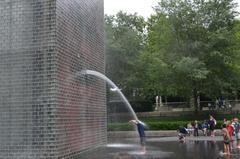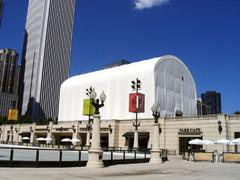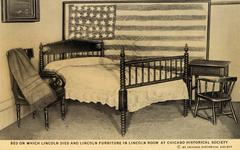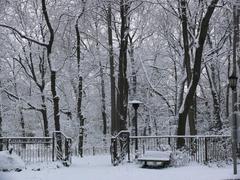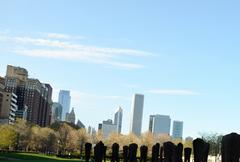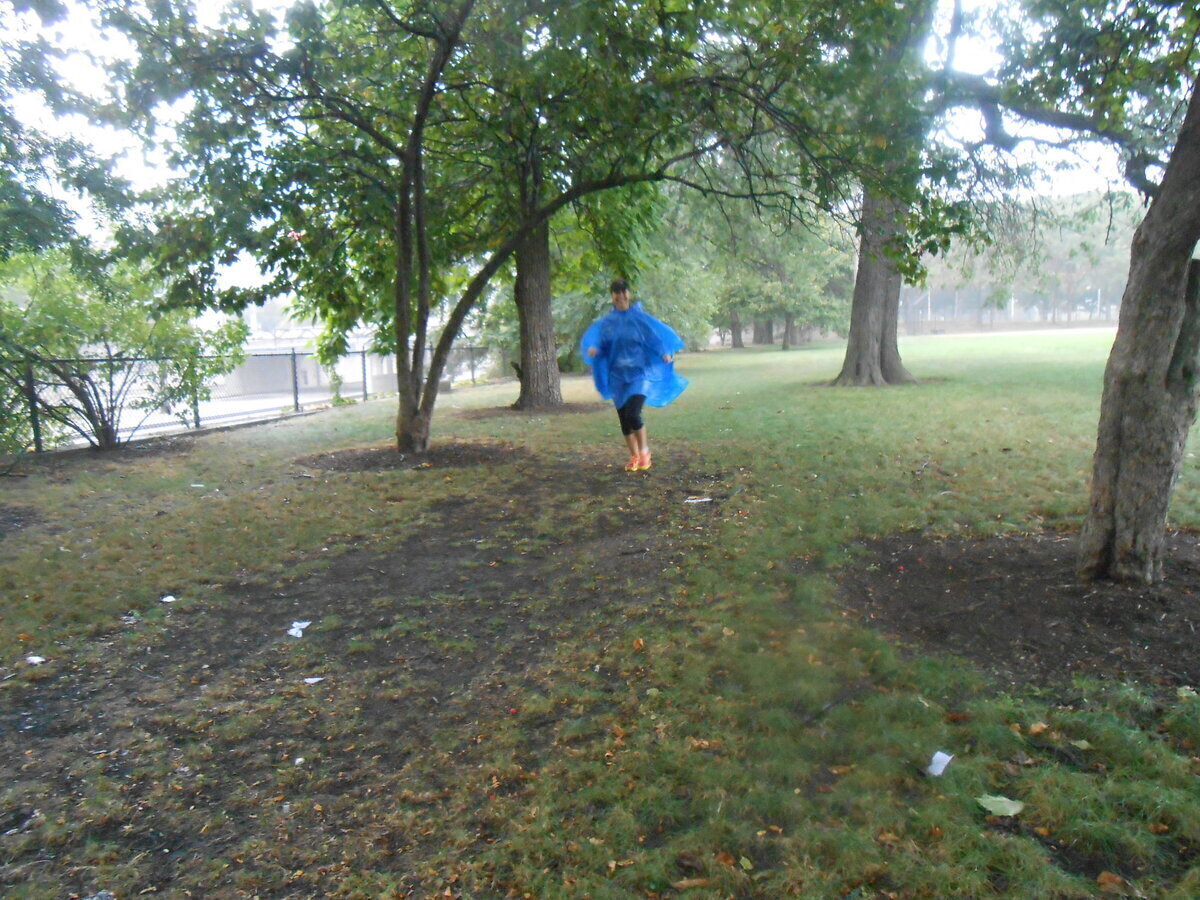
Comprehensive Guide to Visiting East Balbo Drive, Chicago, United States
Date: 17/07/2024
Introduction
East Balbo Drive in Chicago is not just a road; it is a historical and cultural landmark that offers a rich tapestry of experiences for visitors. Originally named 7th Street, it was renamed in 1934 to honor Italo Balbo, an Italian aviator whose transatlantic flight from Rome to Chicago was a highlight of the 1933-34 Chicago World’s Fair (Chicago Tribune). The street connects key areas of Chicago, from the bustling Michigan Avenue to the scenic Lake Shore Drive, and is flanked by iconic architectural landmarks like the Auditorium Building and the Congress Plaza Hotel (Chicago Architecture Center). East Balbo Drive played a significant role during the World’s Fair, serving as a major thoroughfare that linked various exhibition halls and pavilions, underscoring Chicago’s centennial celebration and its theme of technological innovation. This guide aims to provide comprehensive information on visiting East Balbo Drive, including its historical significance, practical travel tips, and nearby attractions.
Table of Contents
- Introduction
- Early Development and Naming
- Architectural and Urban Significance
- Role in the 1933-34 Chicago World’s Fair
- Visiting Hours and Tickets
- Travel Tips
- Nearby Attractions
- Accessibility
- Special Events and Guided Tours
- Photographic Spots
- Frequently Asked Questions (FAQ)
- Conclusion
Early Development and Naming
East Balbo Drive, originally known as 7th Street, was renamed in 1934 to honor Italo Balbo, an Italian aviator and Marshal of the Air Force under Benito Mussolini. Balbo led a transatlantic flight from Rome to Chicago, which was a significant event during the 1933-34 Chicago World’s Fair, also known as the Century of Progress Exposition. The renaming was part of a broader effort to commemorate international achievements and foster goodwill between nations (Chicago Tribune).
Architectural and Urban Significance
East Balbo Drive is a crucial part of Chicago’s urban landscape, connecting Michigan Avenue to Lake Shore Drive. The street is flanked by notable architectural landmarks, including the historic Auditorium Building, designed by Louis Sullivan and Dankmar Adler, and the Congress Plaza Hotel. These structures are emblematic of Chicago’s architectural innovation and its role in the development of the skyscraper (Chicago Architecture Center).
Role in the 1933-34 Chicago World’s Fair
The 1933-34 Chicago World’s Fair was a pivotal event in the city’s history, showcasing technological advancements and cultural exhibits from around the world. East Balbo Drive served as a major thoroughfare for fairgoers, linking various exhibition halls and pavilions. The fair’s theme, “A Century of Progress,” celebrated Chicago’s centennial and emphasized technological innovation and future progress.
Visiting Hours and Tickets
East Balbo Drive itself is a public road and can be visited at any time without a ticket. However, some of the landmarks along the drive, such as the Auditorium Building and the Congress Plaza Hotel, have specific visiting hours and may require tickets for tours. Check their official websites for the most up-to-date information on visiting hours and ticket prices.
Travel Tips
- Public Transportation: East Balbo Drive is easily accessible by Chicago’s public transportation system, including CTA buses and trains. The nearest CTA station is Harrison on the Red Line.
- Parking: Limited street parking is available, but it is advisable to use public parking garages nearby.
- Weather: Chicago weather can be unpredictable. Dress in layers and check the forecast before heading out.
- Safety: As with any major city, be aware of your surroundings and keep personal belongings secure.
Nearby Attractions
- Grant Park: Known as “Chicago’s front yard,” this expansive park is just a short walk from East Balbo Drive and offers beautiful green spaces, fountains, and public art installations (Chicago Park District).
- Museum Campus: Home to the Field Museum, the Shedd Aquarium, and the Adler Planetarium, this area is easily accessible from East Balbo Drive and offers a wealth of educational experiences (Museum Campus).
- The Art Institute of Chicago: Located nearby, this world-renowned museum houses an extensive collection of art from various periods and cultures (Art Institute of Chicago).
Accessibility
East Balbo Drive and its surrounding areas are generally accessible to visitors with disabilities. Most landmarks along the drive have ramps, elevators, and other accommodations. Check individual sites for specific accessibility information.
Special Events and Guided Tours
Throughout the year, East Balbo Drive and the surrounding areas host various special events, including parades, festivals, and cultural celebrations. Guided tours of the architectural landmarks are also available and can provide deeper insights into the history and significance of the area.
Photographic Spots
East Balbo Drive offers numerous opportunities for photography enthusiasts. Popular spots include the historic buildings, the intersections with Michigan Avenue and Lake Shore Drive, and the scenic views of Grant Park and Lake Michigan.
Frequently Asked Questions (FAQ)
Q: Is there an entrance fee for East Balbo Drive? A: No, East Balbo Drive is a public road and can be accessed at any time without any entrance fee.
Q: Are there guided tours available? A: Yes, guided tours are available for some of the historic landmarks along East Balbo Drive. Check with local tour operators or the official websites of the buildings for more information.
Q: What are the best times to visit? A: East Balbo Drive can be visited year-round, but spring and fall offer the most pleasant weather for walking and sightseeing.
Conclusion
East Balbo Drive is a testament to Chicago’s rich history and architectural heritage. Whether you’re a history buff, architecture enthusiast, or casual visitor, this iconic road offers something for everyone. Plan your visit to explore its historical significance and enjoy the vibrant culture of Chicago.
References
- Chicago Tribune. (n.d.). East Balbo Drive - Visiting Hours, Tickets, and Historical Significance in Chicago. https://www.chicagotribune.com
- Chicago Architecture Center. (n.d.). Architectural and Urban Significance. https://www.architecture.org
- Chicago Park District. (n.d.). Grant Park. https://www.chicagoparkdistrict.com/parks-facilities/grant-park
- Art Institute of Chicago. (n.d.). Visitor Information. https://www.artic.edu/
- Museum Campus. (n.d.). Visitor Information. https://www.soldierfield.net/content/museum-campus
